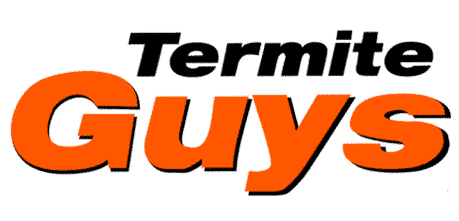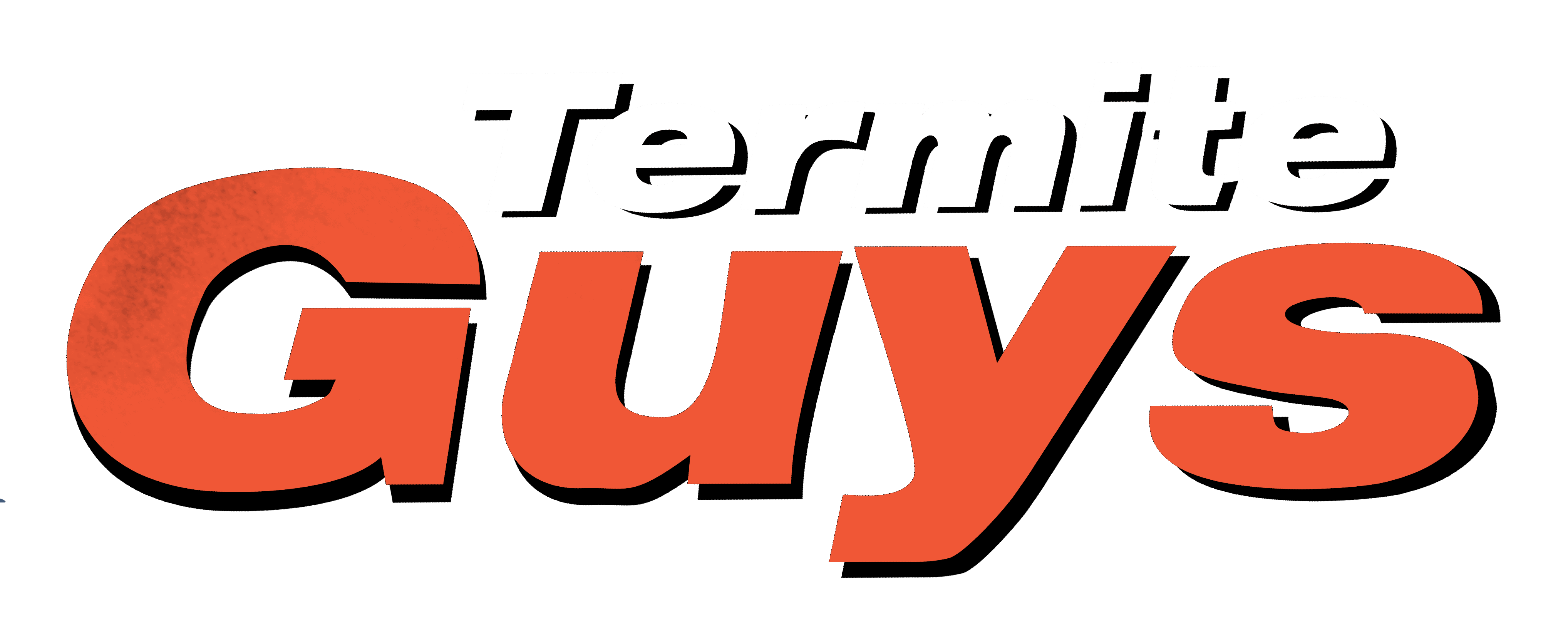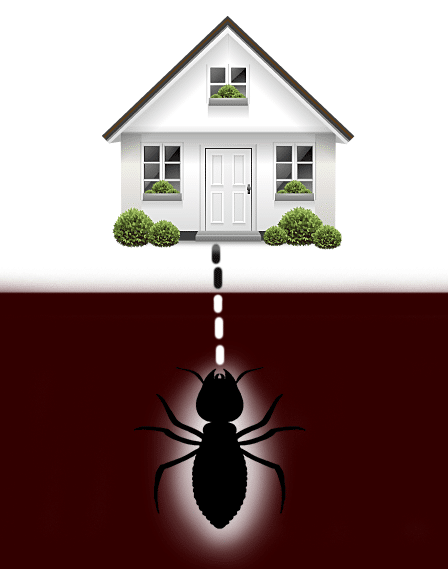There are an array of different types of termites in Brisbane, most of these pose no danger to your home. But others do. This is the first post in a series regarding these species. Different species of termites require different approaches and some may be a sign of a water leak in your home for instance.
Types of Termite in Brisbane
There are three different types of termites in Brisbane:
Subterranean termites
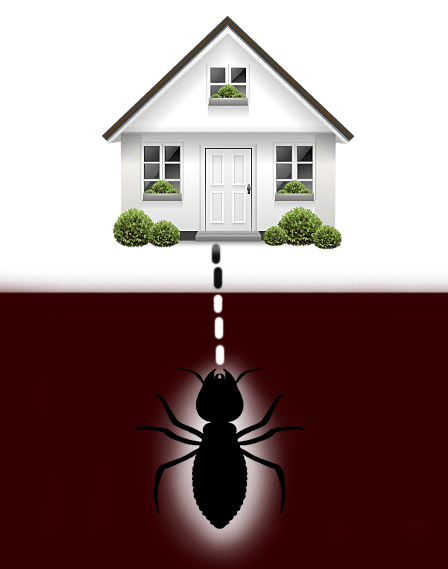
Subterranean termites live under the soil surface, as the name conveys. They most commonly nest in the ground, but may also nest in the trunk of a tree. To search for a food source they build tunnels up to a hundred metres from their nest. They also cause the majority of damage to property in Australia.
Drywood termites
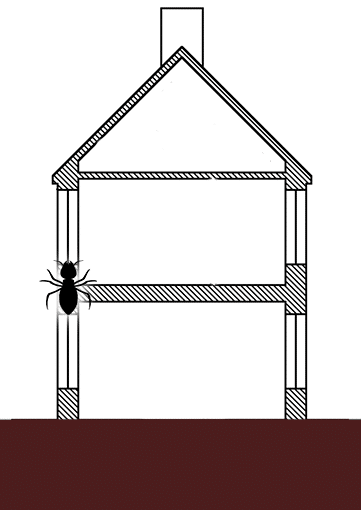
Drywood Termites live within “dead”, dry wood. They can survive in very low humidity compared to other termites. The newly introduced and invasive West Indian Drywood Termite is very damaging to your home.
If the technician suspects West Indian Drywood Termites we will contact the Department of Agriculture and Fisheries. The department will verify the technicians found. If the termites found are West Indian Drywood Termites they will take over from there to finish a treatment free of charge, as it is of utmost importance to keep the West Indian Drywood Termite population at bay. If you wish to learn more of the West Indian Drywood Termite you can read more here.
Native drywood termites live in small colonies within the wood and does not cause as substantial damage, usually these are easily spot treated.
Dampwood termites
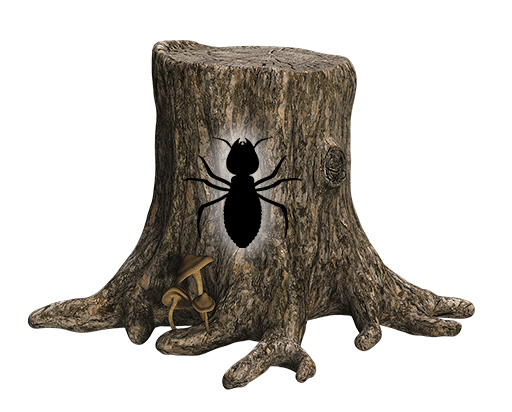
Dampwood Termites are normally found within stumps, wooden fences and wood debris in the ground. These termites survive from the moisture in the wood, but they need a very moist environment to survive in comparison to drywood termites. Dampwood termites usually don’t cause substantial damage to homes unless there are water leaks involved.
Top 2 Subterranean Termites in Brisbane
Termite Guys Brisbane mainly focus on treating and preventing Subterranean termites in Brisbane. These cause a lot of damage to human structures and can go unnoticed for a long time as they nest outside of the property. This is why it is essential to have annual termite inspections of your home.
Most termite species do not have common names, this goes for all major pest species in Brisbane as well. In this blog post the focus lays on the top two termite pests in Brisbane. There will be more posts investigating other less aggressive species.
Schedorhinotermes
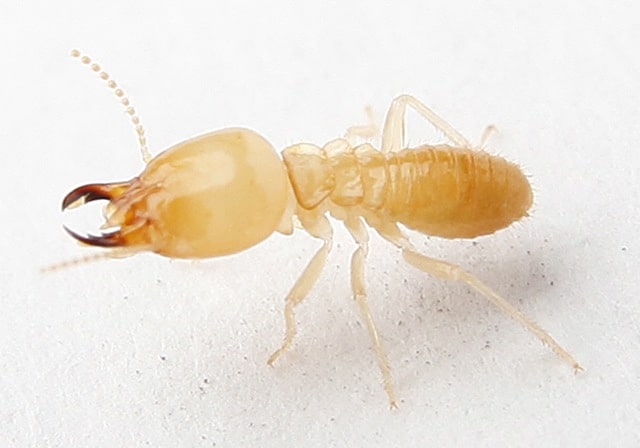
Schedorhinotermes causes about half of all termite damage in Brisbane. They are incredibly picky when it comes to wood, and tend to eat big chunks in different areas of the house. This gives the damage a sort of patchy look. They often have many entry points to the house of interest and they also have what is called “sub-nests”. These are branches of semi-independent colonies, and leads to a more widespread and intense attack on the property. It can be very difficult and even impossible to locate all these nests, so the easiest way to fight these termites is with a non-repellent termite barrier after the primary foaming or dusting.
Coptotermes
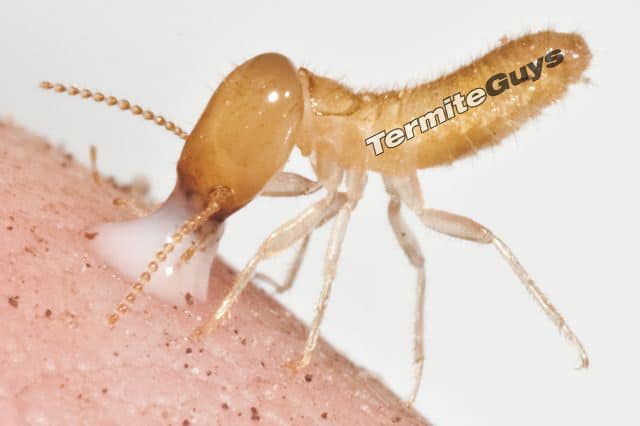
Coptotermes is together with Schedorhinotermes the most destructive of the termites in Brisbane. This species eat pretty much every type of timber structures: fences, homes, retaining walls and many more. As these termites have such a broad taste for timber they cost Australians more money than any other species. The colonies can go upwards 3 million individuals. The soldiers will protect the colony ferociously by producing a white type of glue from their foreheads.
The coptotermes termite will consume any sort of wood, hardwoods do not phase them. They will eat through gyprock, plastic, rubber and whatever else will come in the way between them and the timber they forage for. This has caused electrical shortcuts, even at a hospital in Sydney once This is a species which requires quick actions to be stopped. Their sheer numbers and appetite is their biggest weapon.
This termite species build either mounds or arboreal nests. The arboreal nests can be found within hardwood such as mango, ash or gum trees! They even consume cypress pine, unlike most other termites. As larger trees are often victims to this pest, CSIRO estimates that up to 70% of trees which fall in storms have major termite damage.
Coptotermes are particularly vicious with termite treatments, always testing their luck. The old repellant type of barriers was no match for these guys. Out of the current available treatments only the best quality works on Coptotermes. Termidor is a given choice for us at Termite Guys Brisbane with their proven effectiveness.
Contact Termite Guys Brisbane
Call and email us for a free quote on Barrier treatments.
Please do not hesitate to contact Michael:
Phone: 0447 268 257
Office: 3393 3515
Email: inspector@staging.termiteguys.com.au
